Honda City S M/T
Superb comfort and space, impressive fuel economy and a huge boot make the new City every bit as practical as the previous model
Updated on Jul 23, 2012 03:29:17 PM
12,648 Views
Follow us on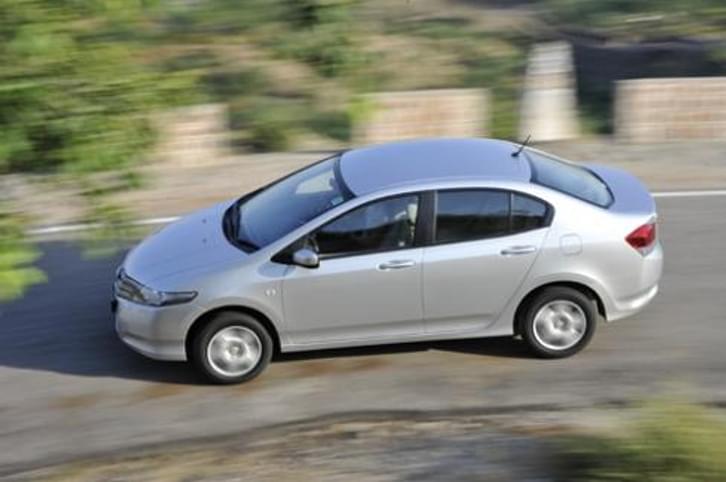
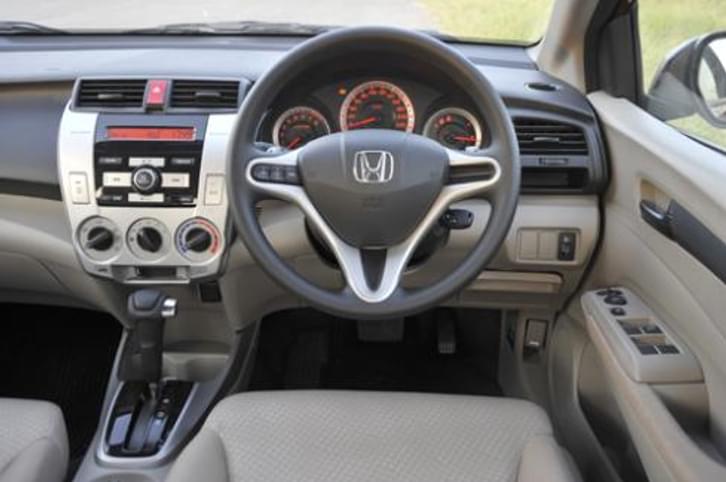
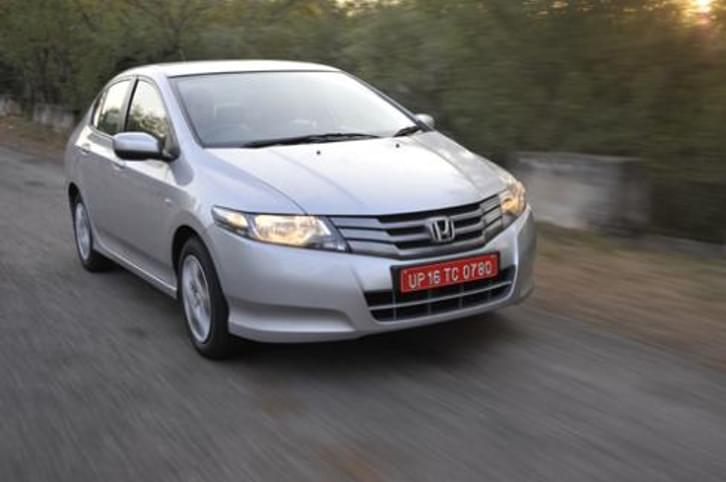
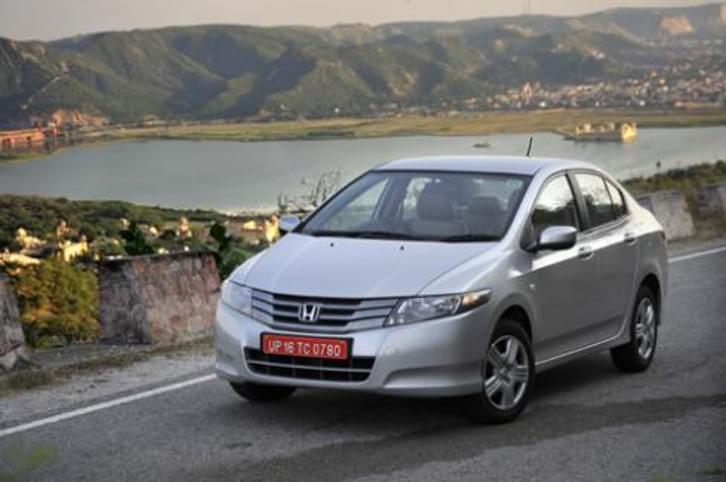
The new City is based on the Jazz platform but not one body panel is shared with its hatchback cousin and this has given designers much-needed freedom. It has a bigger wheelbase to 2550mm, a massive 100mm increase over the earlier car. The other benefit is increased passenger space.
The nose is the focal point of the design in which the slatted grille with its warped effect, straddled by tapering headlamps, forms an arrowhead of sorts.
The front quarter-glass has been removed in the new City and this has not only improved visibility (the A-pillar in the previous model obstructed vision) but has made the car less ‘cab forward’ and better proportioned. Unlike the previous City, the new model’s boot is now seamlessly integrated with the rest of the body and looks compact and sporty but still manages to displace a huge 506 litres of luggage space. The quest for better packaging is the key reason why Honda continues to use its non-independent ‘H-frame’ layout for the rear suspension. The new chassis is much more rigid and the suspension towers have been beefed up too. Advanced suspension bushes with more rubber are used to improve suppleness and a negative camber for the front struts, Honda says, has improved agility. Drum brakes at the rear may raise eyebrows given the power of the car but Honda has enlarged the drum size and has moved to a larger 14-inch disc in front as well. All new Citys have ABS as standard too, but strangely alloys are not available, even as an option.
The City’s shapely design is carried over to the interiors as well. The door pads are well sculpted and so is the multi-layered dash, replete with ridges and curves which flows into the centre console. The steering wheel, which is similar to the Civic’s, looks and feels great while the instrumentation seems overly lit. A serious letdown, however, is the quality of plastics and fabrics which feel a peg down from the previous City. For practicality, there’s lots of storage space with generous door pockets, cubbyholes and cupholders.
Equipment levels are a mixed bag. The company fitted audio system is fantastic however there is no CD player which we feel is a huge omission, given that most owners are not likely to be download-savvy. A CD player is available as an option but you have to shell out Rs 10,000 for it. The real-time fuel consumption display and the audio controls on the steering wheel are nice touches while twin airbags offered as standard equipment across the range is commendable. But then Honda has been stingy in other areas. There are no leather seats, no adjustable lumbar support and no climate control which is now standard fare for a car in this price bracket.
The sense of space you get in the new City is terrific. The windscreen feels like it’s a mile away and the front seats are quite generous with cushions slightly softer than the old car. Forward visibility is much better than before but the sloping parcel shelf impedes rear vision a bit. Move to the rear and the feeling of space continues. Width and legroom are better than before but you sit a touch lower now. The new model is better than its rivals for comfort and at the rear it still has the natural footrest, created by the upward slope under the front seat to accommodate the fuel tank.
In line with the car’s more aggressive stance and character is the uprated 116bhp 1.5-litre i-VTEC engine. It has the same block as the i-DSi and subsequent V-TEC engines that powered the previous City but now gets a full-fledged VTEC system that controls intake valve lift instead of simply deactivating it as earlier. Peak power is now delivered at 6600rpm as against 5800. The new car with widely spread ratios sprints to 100kph in a rapid 10.2 seconds, around half a second faster than the previous car. Acceleration to 150kph is faster by two seconds than the older car. In-gear acceleration is pretty good but the tall third gear doesn’t make significantly quicker than before.In the real world, the new City is very responsive and scoots away with a mere touch of the throttle and this makes it a great car for tackling traffic. The mid-range, however, feels flat which calls for extra gearshifts when overtaking slow-movingtraffic.. But though the concentration of power is at the top end, this long-stroking engine is not as rev-happy as the first-gen City’s shorter-stroke Hyper-16 engine.
For normal driving, the Honda motor is very refined and goes about its work quietly and with little fuss. It is only when you rev it hard that it takes on a slightly coarse and strained edge. The gearbox is terrific with a light and snappy throw and the wide gearing takes advantage of the flexible nature of the engine.
The new city is equally efficient and even marginally better. This is a phenomenal achievement from a car that is heavier and more powerful than the previous City and a tribute to Honda’s engineering wizardry. It travels 10.5kpl in the city and 16.5kpl on the highway.
| Honda City Price, Mileage, Specifications, Features and Variants | |
|---|---|
| Brand | Honda |
| Model Name | City |
| Honda City Price | ₹ 10.52 - 16.89 lakh |
| Honda City Range/Mileage | Petrol : 17.4 - 18kpl | Diesel : 25.1 - 25.6kpl |
| Honda City Specifications | Sedan | 4 doors | 5 seats View All Specs |
| Honda City Features | Halogen headlight | 7-inch Touchscreen display | 2 airbags View All Features |
| Honda City Variants | 1.5 i-VTEC SV | 1.5 i-VTEC V | 1.5 i-DTEC SV View All Variants |
Honda has worked hard to transform the City’s ride and handling and the results are truly impressive. For a start, ride quality with the India-spec suspension (10mm higher than the Thai model) is superb. There is a suppleness in the suspension that was never present in the earlier car and this makes riding over rough patches and really bad roads much easier now. Also much improved is the handling and specifically the steering feel. Key to this is the electric assistance which has been enhanced by increasing the electric motor’s capacity from 40 to 60 amps. The City’s steering still feels a bit inert and is nowhere near as communicative as the Fiesta’s helm which is the class best but there is a new-found responsiveness and accuracy that the previous model’s Playstation-like steering simply never had. The City feels very stable at high speeds and is eager to dart into corners as well. While the car does roll as you corner it harder and harder, this is a car with which you can enjoy driving. The skinny 175/65 R15 tyres are insufficient for the pace of this car and it’s easy to break traction, the front wheels scrabbling for grip when you pile on the power. The brakes are pretty good with a consistent pedal feel and decent stopping power. Again, the limiting factor here is the tyres.
Copyright (c) Autocar India. All rights reserved.

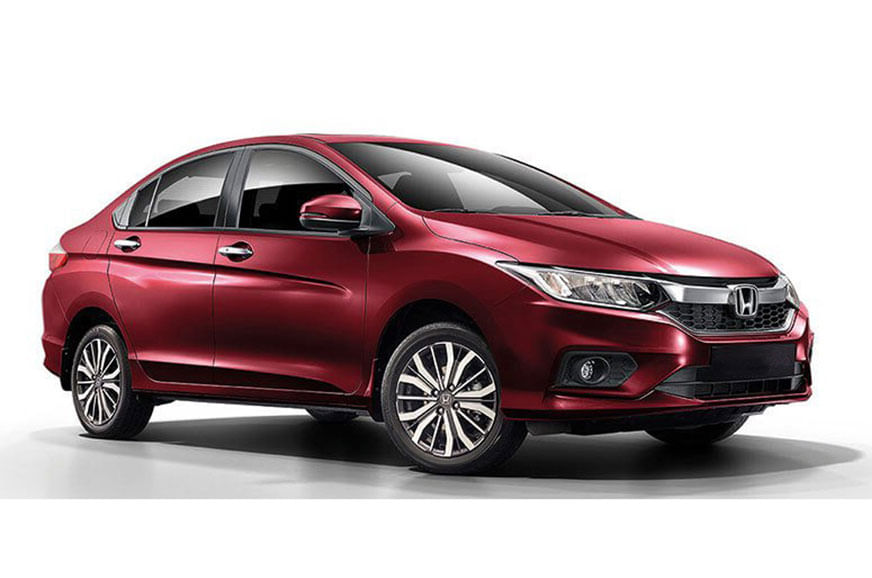



Comments
Member Login
Personal Details
No comments yet. Be the first to comment.